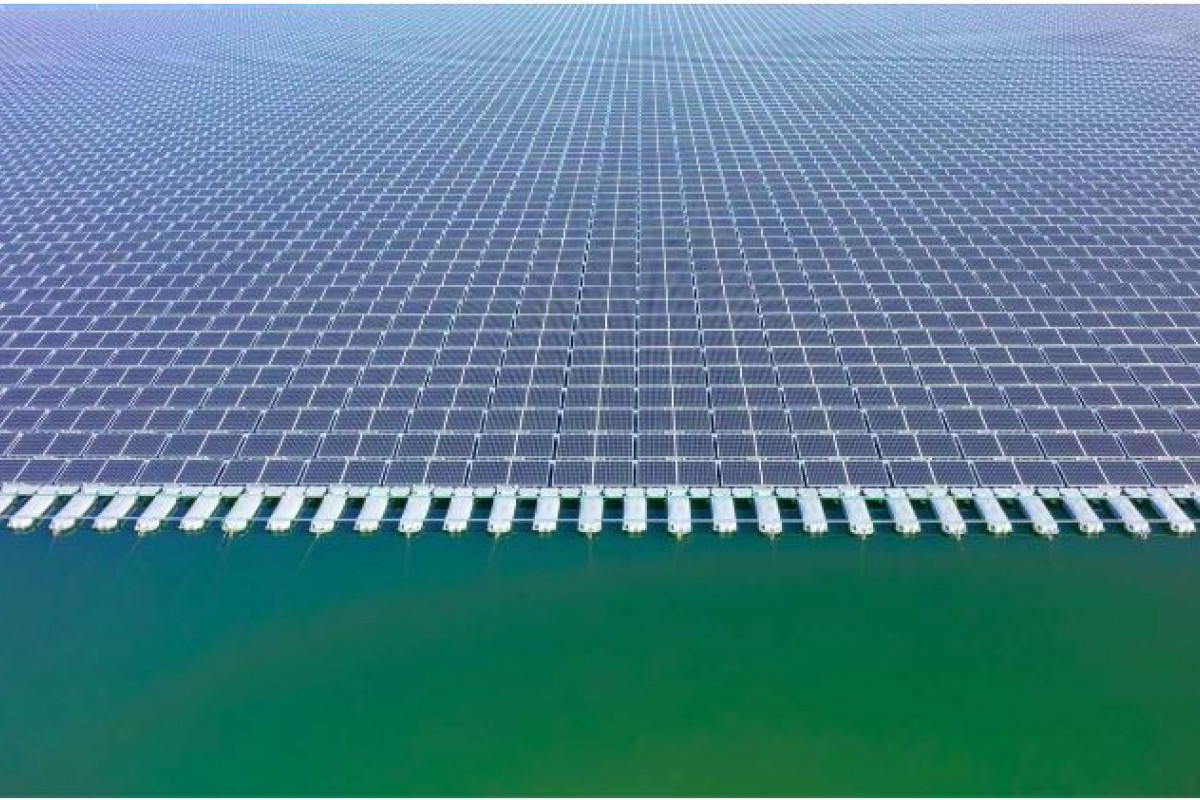Zimbabwe has made a historic step towards sustainable energy by announcing plans to install floating solar panels by early next year on the world's largest artificial freshwater reservoir, the Kariba Dam. This ambitious project, led by the Ministry of Mines and Energy Development aims to address the urgent energy shortages in the country and promote renewable energy sources.
The secretary for energy and power development emphasized that the initial phase will see the installation of 150 megawatts of solar panels on the surface of the Kariba Dam. She highlighted that the project will significantly enhance Zimbabwe’s energy capacity. Furthermore she revealed that the private sector has shown considerable interest with applications to install an additional 600 megawatts of floating solar panels.
The choice to investigate floating solar technology was made as Zimbabwe struggles with the Kariba Dam's dropping water levels which affect both Zimbabwe and Zambia. Citing a severe drought, the Zambezi River Authority was forced to lower the amount of water allotted for the production of hydroelectric power. This cutback has made electricity shortages worse, resulting in regular power outages across the country. As a result, in order to address the situation, the government is now required to investigate alternate energy sources.
Zimbabwe’s ability to generate electricity has been greatly hampered by lower water levels. The floating solar panels offer a workable way to increase our energy output without putting more pressure on Zimbabwe's water supplies. The project's creative use of floating solar panels maximizes space and contributes to a reduction in water evaporation from the reservoir, which benefits the environment.
A similar installation at the Mutirikwi Dam is planned and the secretary for energy and power development revealed plans for expanding floating solar technology beyond the Kariba Dam. The secretary also noted growing interest from the private sector in developing more floating solar projects, reflecting a broader commitment to renewable energy investments in the country. The introduction of floating solar panels marks a significant milestone in Zimbabwe’s energy strategy. It aligns with global trends towards renewable energy and showcases the country’s proactive steps in combating climate change and ensuring energy security. This project not only promises to mitigate the current energy crisis but also positions Zimbabwe as a leader in innovative energy solutions on the African continent.
As the world watches, Zimbabwe’s foray into floating solar technology could serve as a model for other nations facing similar energy and environmental challenges. With the anticipated installation by early next year, the Kariba Dam project is set to be a beacon of progress and sustainability, paving the way for a greener and more resilient future for Zimbabwe.
The following survey reports are available
- Sectorial-Based Salary Survey Reports
- National Salary Survey Report (Consolidation of 13 Sectors)
- Non-executive Directors Fees Survey Report
- Human Resource Policy Documents

